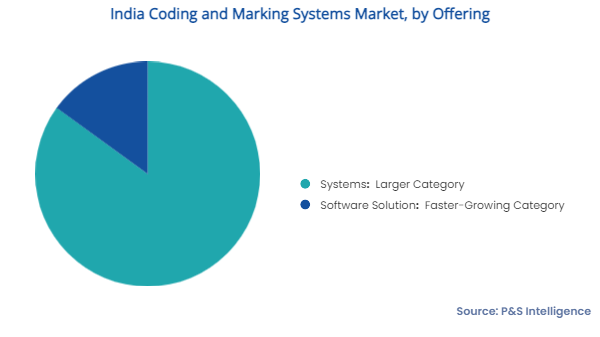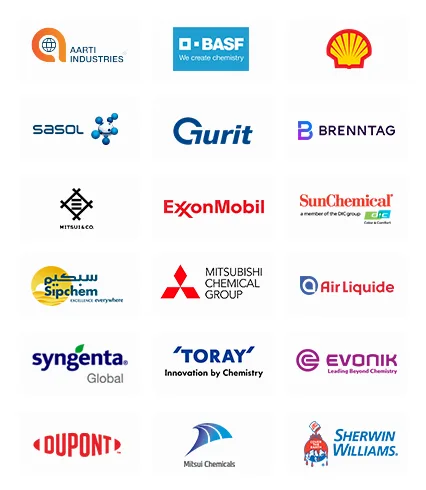Market Statistics
| Study Period | 2019 - 2030 |
| 2024 Market Size | USD 60.0 Million |
| 2025 Market Size | USD 68.0 Million |
| 2030 Forecast | USD 127.6 Million |
| Growth Rate(CAGR) | 13.4% |
| Largest Offering Category | Systems |
| Largest End User Category | FMCG |
| Nature of the Market | Consolidated |




